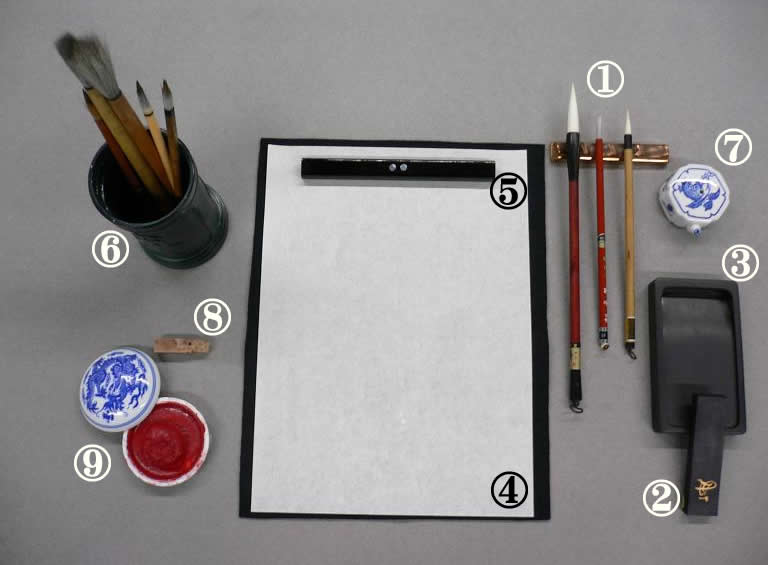calligraphy
Sho (Calligraphy)
Sho (Calligraphy) is an ancient art form with a history of more than 3,000 years. It originated in China, where Chinese characters were introduced to Japan about 2,000 years ago, and by the 5th and 6th centuries, Chinese characters were being used in daily life. In the 5th and 6th centuries, kanji began to be used in daily life, and eventually the original kana was born, forming a style of kanji and kana that came from China and developed into the art of calligraphy. With the Meiji Restoration, calligraphy was influenced by Western culture and developed further after World War II. In addition to the traditional expressions of the past, a variety of “modern calligraphy” was created that broke out of the traditional shell, such as “Avant-Garde Calligraphy,” “Modern Poetic Calligraphy,” and “Large Character Calligraphy,” bringing it to its current prominence. The Mainichi Shodo (Calligraphy) Exhibition is at the core of modern calligraphy.
Currently, the Mainichi Shodo (Calligraphy) Exhibition has the following seven divisions
Implements of Calligraphy
Writing calligraphy requires many tools. In particular, the brush, inkstick, inkstone, and paper are important, and are known as the “Four Treasures of Writing.”

- fude Brushes./Calligraphy brushes are made by bundling together animal hairs. Mainly those of a sheep, a rabbit, or a weasel. A calligrapher chooses the type of brush he or she will use according to the calligraphy to be drawn.
- sumi Ink./The ink that is used for Japanese calligraphy is made by taking the soot that forms when vegetable-derived oil or pine wood is burned and adding animal glue to harden it. It is most commonly black, but you can also obtain ink in which red or blue has been mixed, as well as pure gold, silver or cinnabar inks.
- suzuri/Ink stone. Water is poured onto the inkstone and the ink stick is rubbed with water to make ink of the desired consistency.
- kami Paper./Hand-made papers developed in China or Japan are used, including decorative papers with printed, painted or transparent designs.
- bunchin/Paperweight. Heavy objects used to hold the paper down.
- hitto/Stand for the brushes.
- suiteki/Pitcher for filling the inkstone with water.
- inzai/A stamp to indicate the completion of a work.
- indei/Seal ink, made by adding oil and ground mugwort to cinnabar ink.